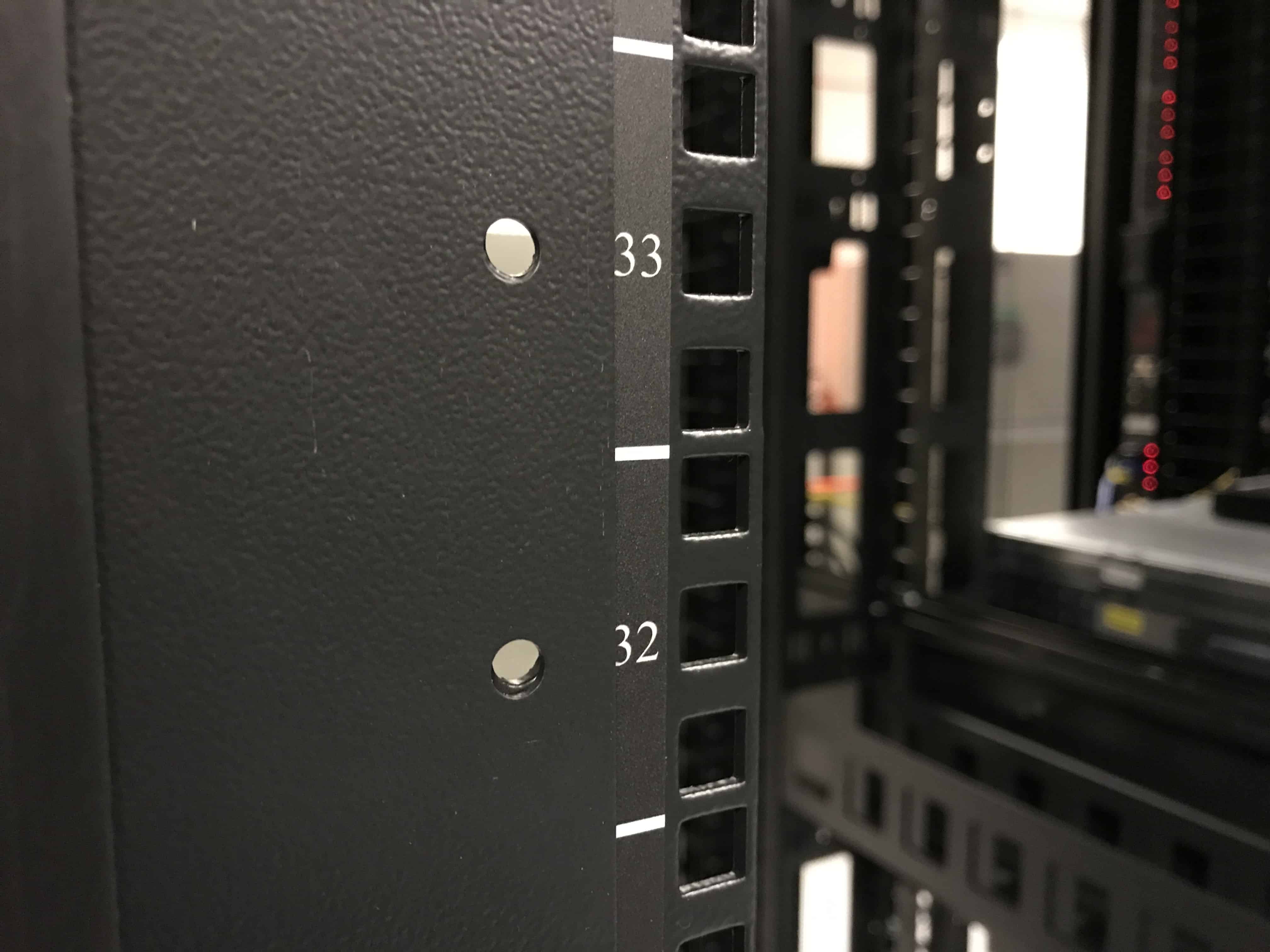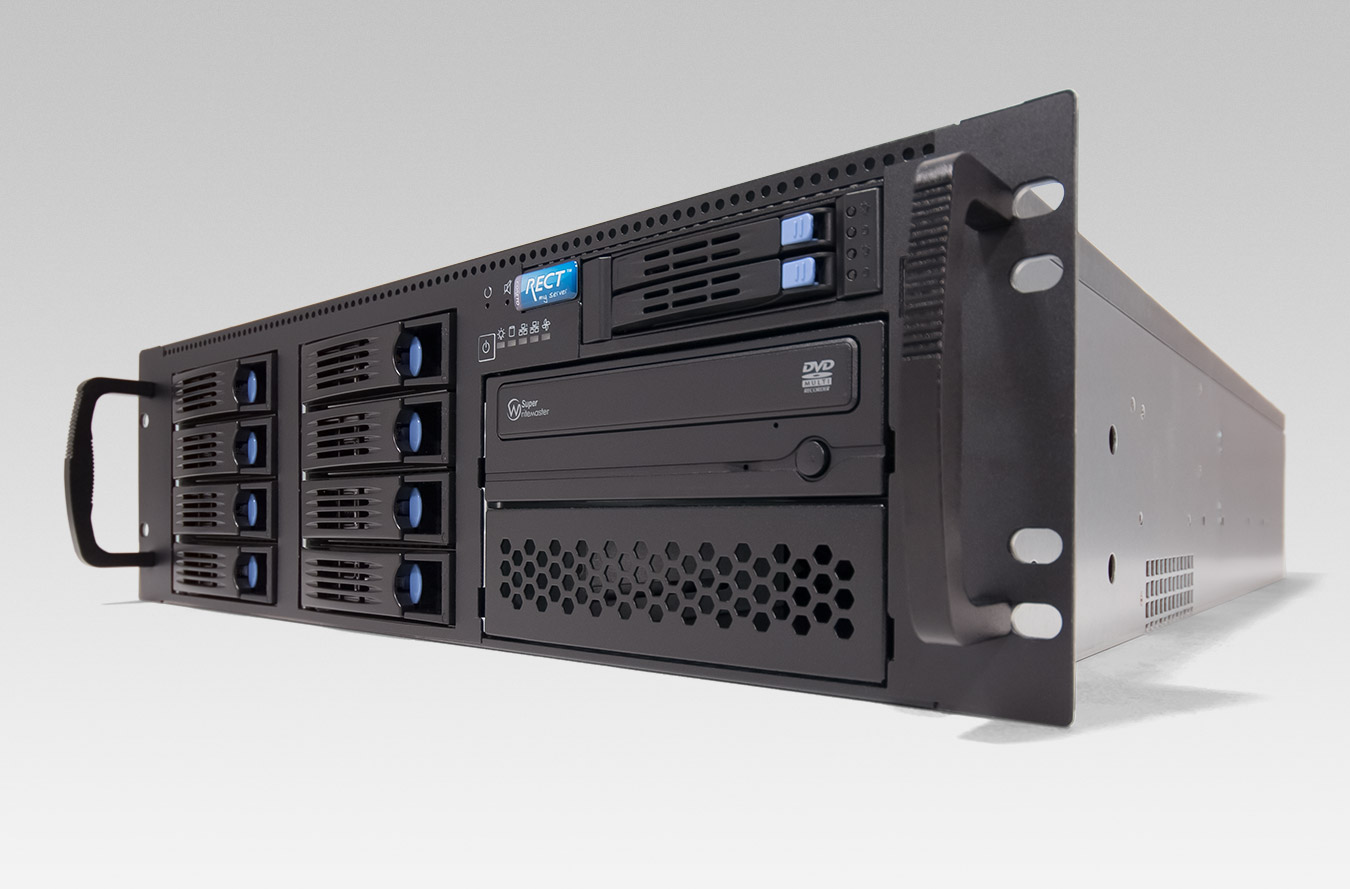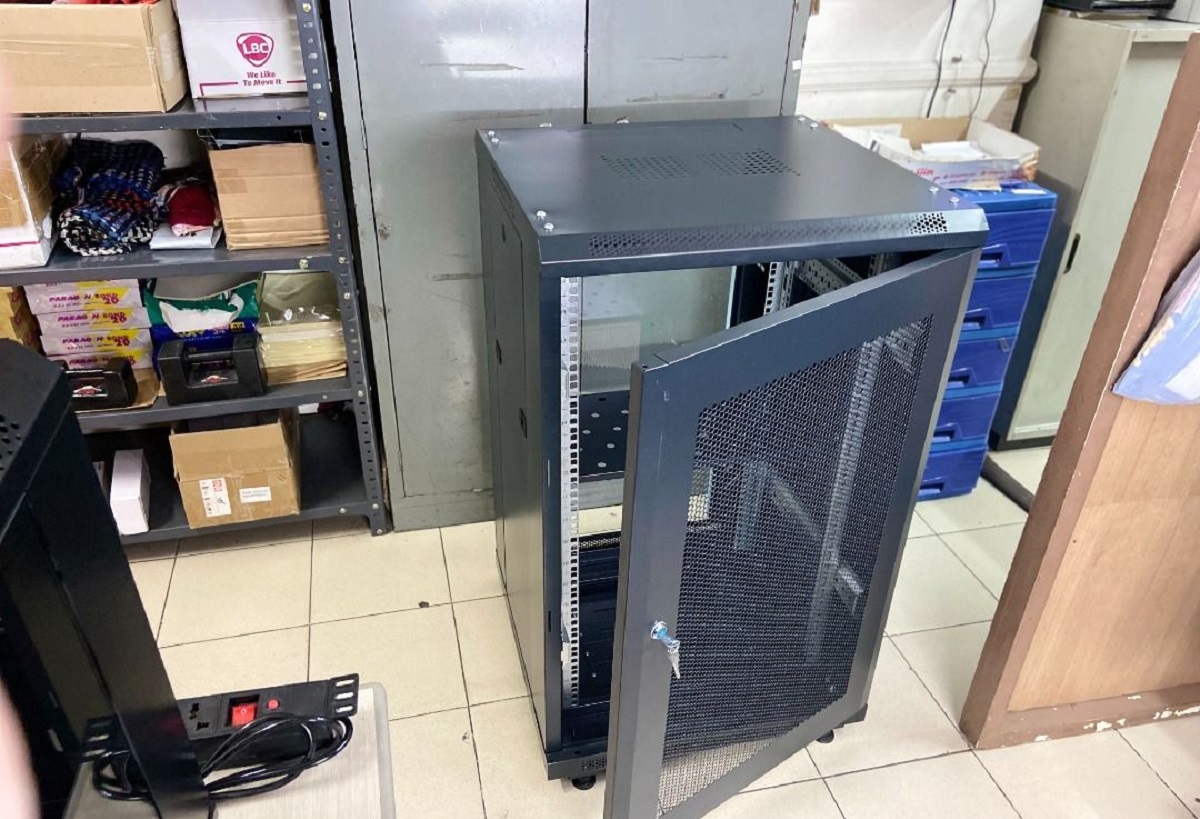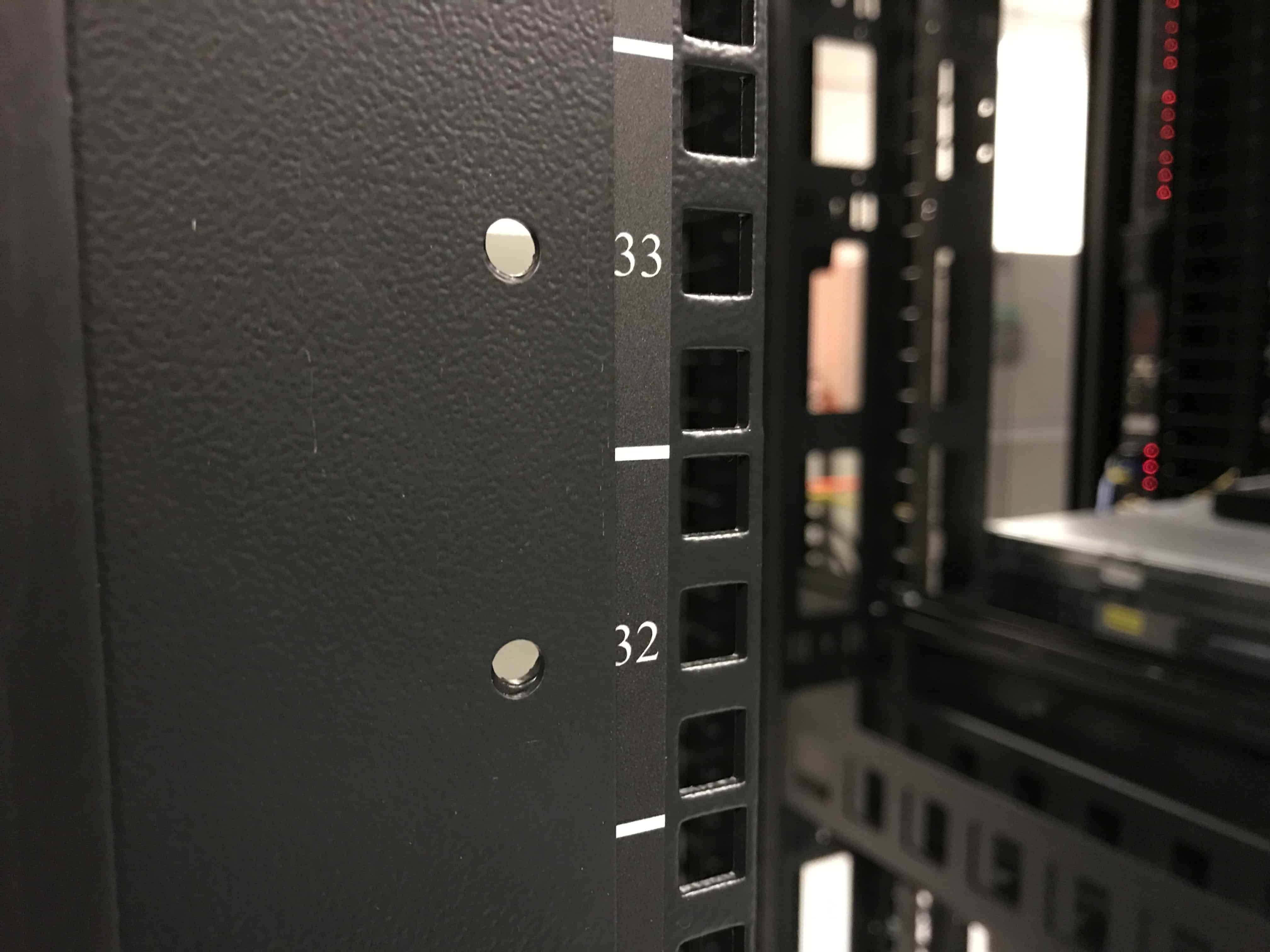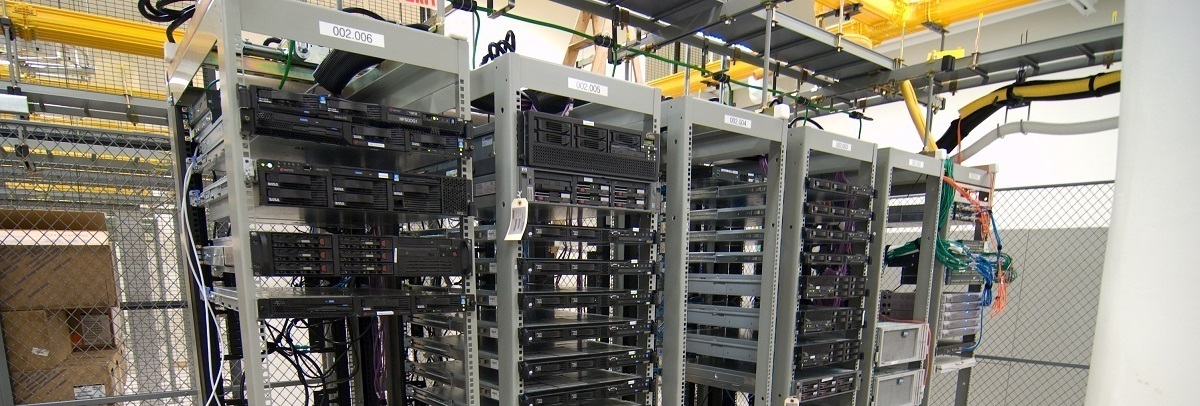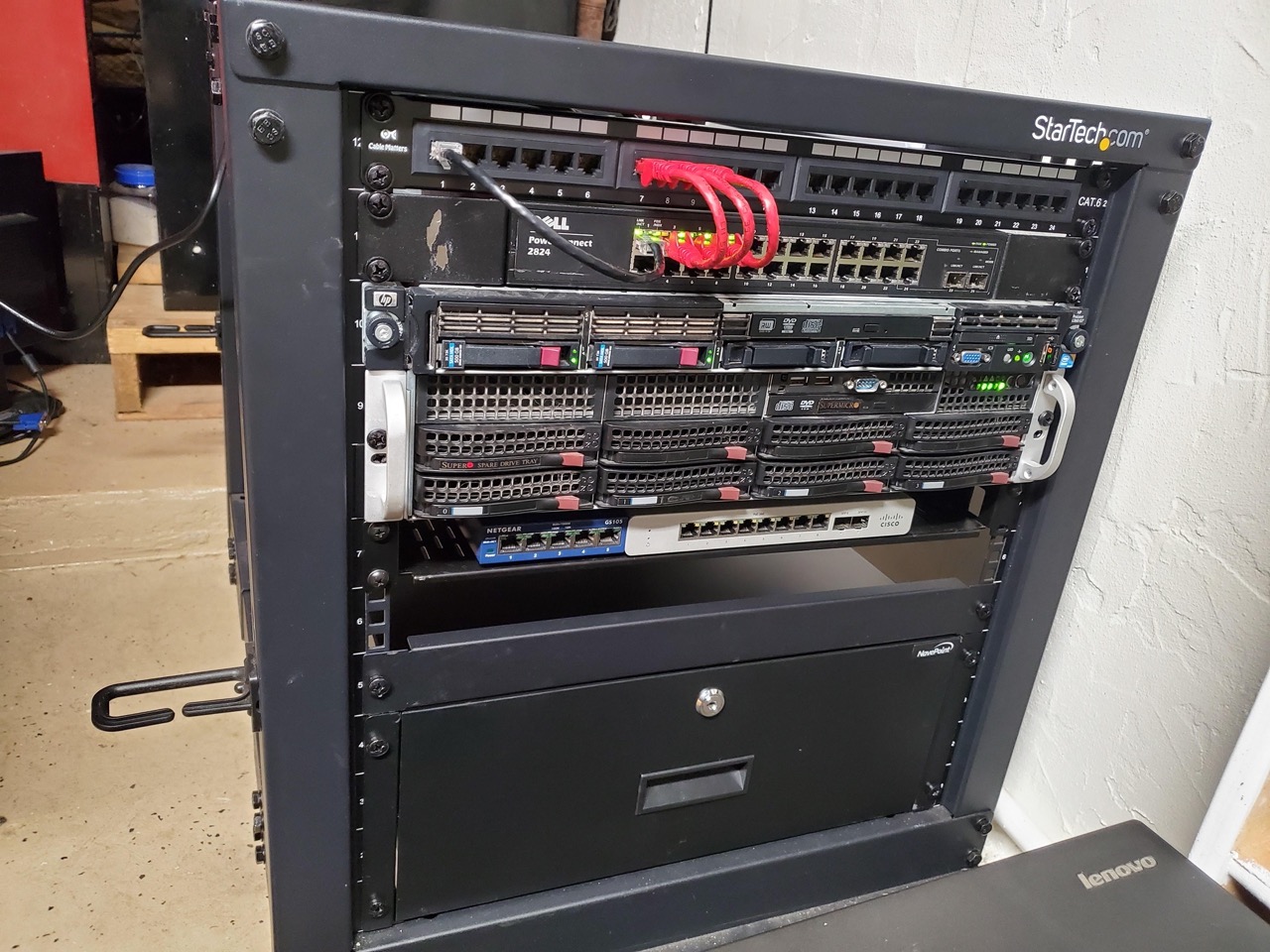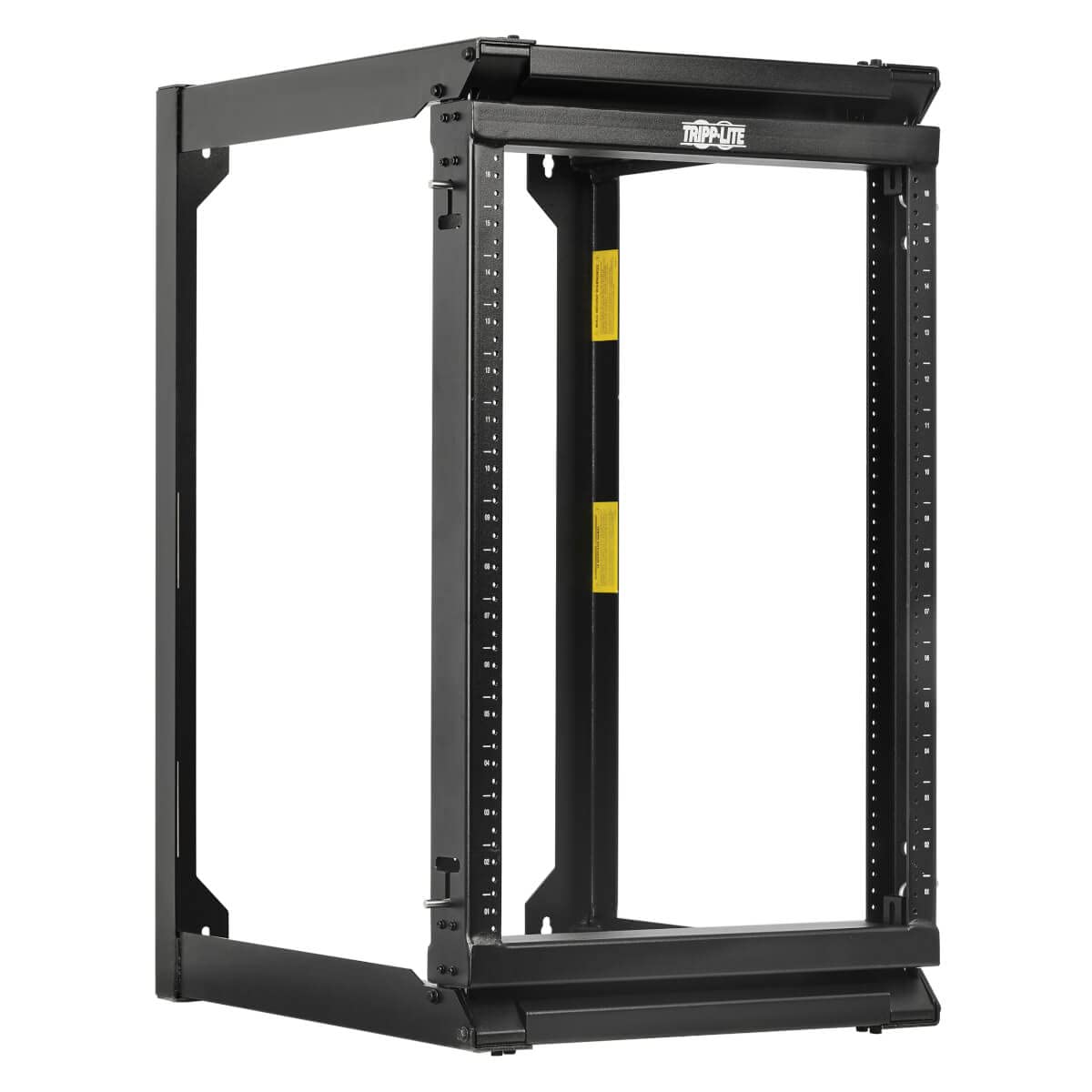Introduction
Welcome to the world of server racks, where every inch of space counts. If you’ve ever delved into the realms of networking or data management, you’ve likely come across the term “U” in reference to server racks. But what exactly does this “U” measurement signify?
The “U” in server racks stands for “unit” and is used to measure the vertical space within a rack. Each “U” represents 1.75 inches (44.45mm) of space, from the top to the bottom of the rack. Understanding the significance of the “U” measurement is crucial for efficient rack planning and ensuring compatibility with your equipment.
In this article, we’ll delve into the world of “U” measurements in server racks, exploring the standard sizes, common uses for different U sizes, factors to consider when choosing the U size, and more. Whether you’re a seasoned network administrator or a curious tech enthusiast, this guide will equip you with the knowledge needed to make informed decisions about server rack sizing.
Now, let’s dive into the fascinating world of server racks and unravel the mystery behind the “U” measurement.
Understanding the “U” Measurement in Server Racks
When it comes to server racks, the “U” measurement is the standard unit used to determine the vertical space within a rack. Each U represents 1.75 inches of vertical space, allowing for easy organization and installation of equipment.
Why is the “U” measurement important? Well, it provides a standardized way to ensure compatibility between different rack-mounted devices. By knowing the available “U” space in your rack, you can easily determine whether your equipment will fit or if you need to consider a larger or smaller rack.
Most server racks range from 1U to 48U in size, with each U being 1.75 inches in height. This means that a 42U rack, for example, provides 73.5 inches of total usable space, allowing you to fit a significant amount of equipment vertically.
Having a clear understanding of the “U” measurement in server racks is essential for efficient rack planning. It allows you to allocate the necessary space for your equipment, ensuring that everything fits snugly and avoids unnecessary clutter.
Additionally, the “U” measurement helps with cable management. By knowing the height of your equipment in terms of “U,” you can properly route and manage the cables, avoiding tangles and improving airflow within the rack.
Now that we understand the basics of the “U” measurement, let’s explore the standard rack unit sizes commonly seen in server racks.
Standard Rack Unit Sizes
Server racks come in various sizes to accommodate different needs and equipment. Here are some of the standard rack unit sizes you’re likely to come across:
- 1U (1.75 inches): This is the smallest rack unit size available. It is commonly used for small networking devices, such as switches and patch panels.
- 2U (3.5 inches): The 2U size provides slightly more vertical space than a single unit. It is often used for slightly larger networking equipment or smaller servers.
- 4U (7 inches): 4U racks are taller and can accommodate larger devices, such as power distribution units (PDUs) or audio equipment.
- 8U (14 inches): 8U racks provide even more vertical space and are suitable for equipment that requires additional room, such as security systems or larger servers.
- 12U (21 inches): 12U racks offer a significant amount of space and are commonly used for medium-sized servers or equipment requiring ample vertical room.
- 42U (73.5 inches): 42U racks are one of the most common sizes and are often used in data centers or larger network setups. They allow for a substantial number of servers and networking equipment to be housed vertically.
While these are some of the standard rack unit sizes available, it’s important to note that custom rack units can be created as well. These non-standard sizes are usually tailored to meet specific requirements or to accommodate equipment that doesn’t fit within the traditional U sizes.
With a variety of rack unit sizes available, it’s crucial to consider your equipment’s dimensions and future expansion needs when choosing the appropriate rack size. Let’s explore the common uses for different U sizes to help you make an informed decision.
Common Uses for Different U Sizes
Depending on the size and type of equipment you have, different U sizes can serve various purposes. Let’s explore the common uses for different U sizes:
- 1U – 2U: These smaller U sizes are typically used for networking equipment, such as switches, routers, and patch panels. They are also suitable for small servers or devices that don’t require much vertical space.
- 4U – 8U: These mid-sized U sizes are ideal for equipment that requires more vertical space, such as power distribution units (PDUs), audio/video equipment, or larger servers.
- 12U: A 12U rack provides a substantial amount of vertical space and is commonly used for medium-sized servers or equipment requiring ample room, such as storage arrays.
- 42U: The 42U rack is one of the most common and versatile sizes. It is suitable for data centers or larger network setups that require a significant number of servers, switches, and other equipment.
It’s important to consider the specific needs of your equipment when choosing the appropriate U size. Factors like the size of the equipment, the number of devices you plan to install, and any future expansion needs should all be taken into account.
Remember that it’s always better to have a little extra space than to try and cram equipment into a small U size. This allows for better airflow, easier cable management, and makes it simpler to access and maintain your devices.
Now that we’ve covered the common uses for different U sizes, let’s look at the factors you should consider when choosing the appropriate U size for your server rack.
Factors to Consider When Choosing the U Size
Choosing the right U size for your server rack requires careful consideration of several factors. Here are some key factors to keep in mind when selecting the appropriate U size:
- Equipment Size: Consider the dimensions of your equipment. Some devices may require more vertical space, while others can fit comfortably in a smaller U size. Ensure that your equipment will fit within the chosen U size without any restrictions or overcrowding.
- Number of Devices: Determine the number of devices you plan to install in the rack. If you have a significant number of servers, switches, or other equipment, you may need a larger U size to accommodate them all.
- Future Expansion: Anticipate future growth and expansion. If you expect to add more devices to your network in the future, it’s wise to choose a U size that offers room for scalability and can accommodate additional equipment.
- Cable Management: Consider the complexity of cable management. Larger U sizes provide more space for routing and managing cables, reducing the risk of tangled or obstructed connections and improving overall airflow within the rack.
- Airflow and Cooling: Evaluate the airflow and cooling requirements of your equipment. Smaller U sizes can sometimes lead to restricted airflow, impacting the temperature regulation of your devices. A larger U size allows for better ventilation and cooling capabilities.
By carefully considering these factors, you can choose the appropriate U size for your server rack that aligns with the needs of your equipment and future expansion plans. Remember, it’s essential to strike a balance between the current requirements and the potential growth of your network.
Now, let’s explore special considerations for non-standard U sizes and how they can be beneficial in certain situations.
Special Considerations for Non-Standard U Sizes
While standard U sizes provide a convenient and widely accepted method for measuring server rack space, there may be situations where non-standard U sizes are necessary or advantageous. Here are some special considerations for non-standard U sizes:
- Custom Equipment: If you have specialized equipment that does not fit within the standard U sizes, opting for a non-standard U size allows you to accommodate these unique devices without compromising on space or functionality.
- Specific Requirements: Certain applications or industries may have specific requirements that necessitate non-standard U sizes. This could include experimental setups, specialized audio or video equipment, or unique data storage solutions.
- Space Optimization: In some scenarios, non-standard U sizes can be utilized to maximize space utilization. This is especially relevant in tight or limited spaces where standard U sizes may not be an ideal fit.
- Collaborative Solutions: Collaborative environments often require non-standard U sizes to accommodate shared resources or equipment for multiple users or teams.
When considering non-standard U sizes, it is important to ensure compatibility with existing equipment and future expansion plans. Additionally, it is crucial to verify that the rack and its infrastructure can support the non-standard U size and any associated weight or ventilation requirements.
Keep in mind that non-standard U sizes may introduce some challenges, such as limited availability, compatibility issues, or the need for customized mounting options. It is essential to work closely with rack manufacturers or specialists to ensure that your unique U size requirements can be met effectively.
Now that we’ve explored special considerations for non-standard U sizes, let’s move on to understanding the optimal U size for future expansion.
Optimal U Size for Future Expansion
When planning for your server rack, it’s important to consider future expansion needs. Choosing the optimal U size is crucial to accommodate the growth of your network and ensure scalability. Here are some factors to consider when selecting the U size for future expansion:
- Growth Projection: Evaluate your network’s growth potential. Consider factors such as the number of devices you expect to add, the anticipated increase in data volume, and the expansion plans of your organization. A larger U size allows for easier integration of new equipment without the need for frequent rack replacements.
- Flexibility: Opt for a U size that provides room for flexibility. Having extra space allows for the addition of new devices or the reconfiguration of existing equipment without the limitations of a tightly packed rack.
- Cabling and Accessibility: Consider the complexity of cabling and accessibility for future equipment. A larger U size provides more room for cables and simplifies the installation and maintenance process. It also makes it easier to access, troubleshoot, and upgrade components without disrupting the entire rack.
- Scalability: Ensure that your chosen U size aligns with your scalability goals. A rack with sufficient vertical space allows for seamless expansion as your business requirements evolve. It helps avoid the costs and disruptions associated with migrating to a larger rack size in the future.
- Budget and Space Constraints: While planning for future expansion, consider your budget and physical space limitations. Balancing your budget with the need for future scalability is crucial. Opting for a larger U size without compromising on other important factors helps ensure a cost-effective and space-efficient solution.
Choosing the optimal U size for future expansion is a strategic decision that requires careful consideration of your unique requirements and organizational goals. It is worth consulting with experts or experienced professionals who can guide you in making the most suitable choice.
Now that we’ve explored the considerations for future expansion, let’s summarize the key points discussed throughout this article.
Conclusion
In conclusion, understanding the “U” measurement in server racks is essential for efficient rack planning and organization. Each “U” represents 1.75 inches of vertical space, allowing for standardization and compatibility between rack-mounted equipment.
We explored the standard rack unit sizes, ranging from 1U to 48U, and their common uses. Smaller U sizes like 1U and 2U are ideal for networking equipment, while larger U sizes like 12U and 42U accommodate medium to large servers and data center setups.
When choosing the appropriate U size, it’s important to consider factors such as equipment size, the number of devices, future expansion, cable management, and airflow requirements. Balancing these factors ensures a well-organized and scalable server rack solution.
We also discussed the special considerations for non-standard U sizes and how they can be advantageous for unique equipment or specific requirements. However, thorough planning and compatibility verification are crucial when opting for non-standard U sizes.
Finally, we emphasized the importance of choosing an optimal U size for future expansion. Considering growth projection, flexibility, cabling needs, scalability, and budget constraints allows for a future-proof rack setup that can accommodate evolving network requirements.
By understanding the “U” measurement and carefully considering the factors discussed, you can make informed decisions about server rack sizing, ensuring efficient space utilization, easy equipment installation, and seamless scalability.







